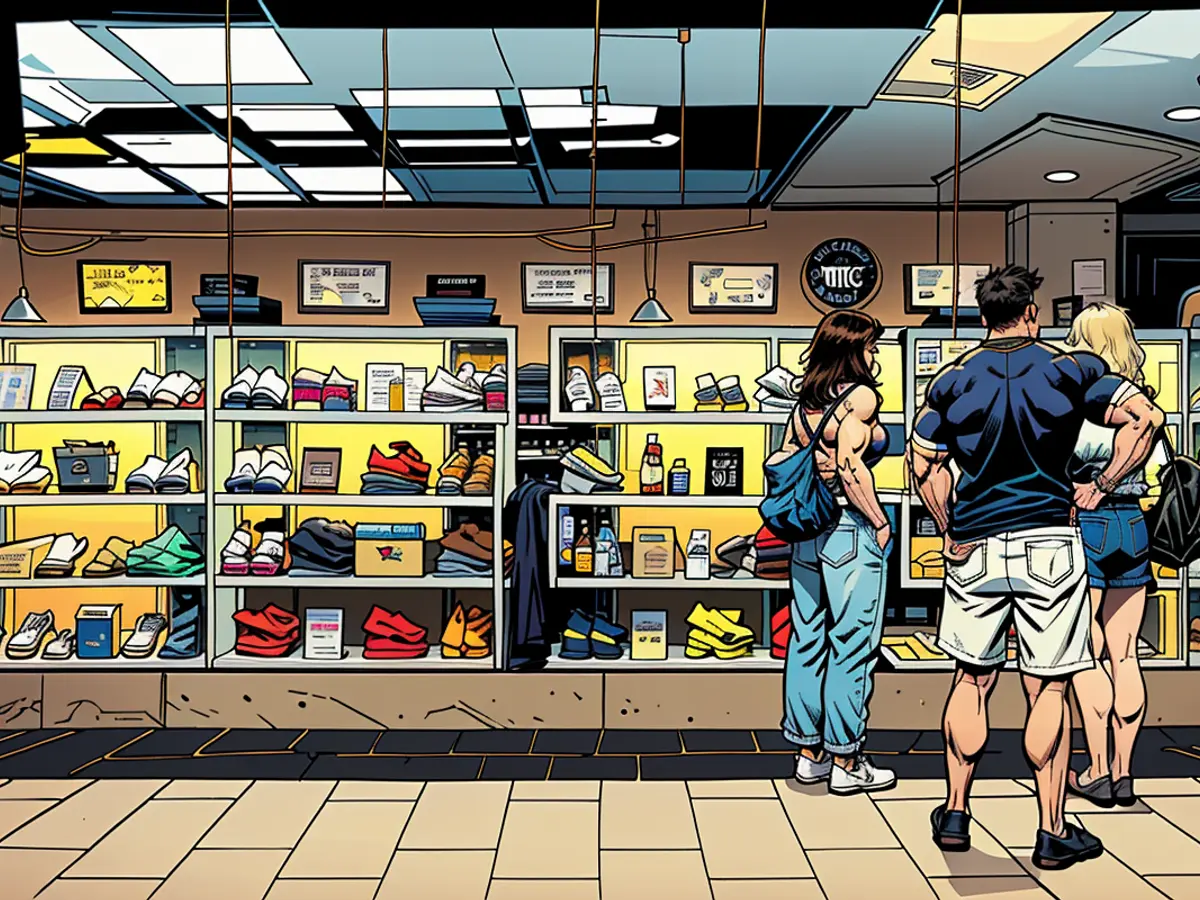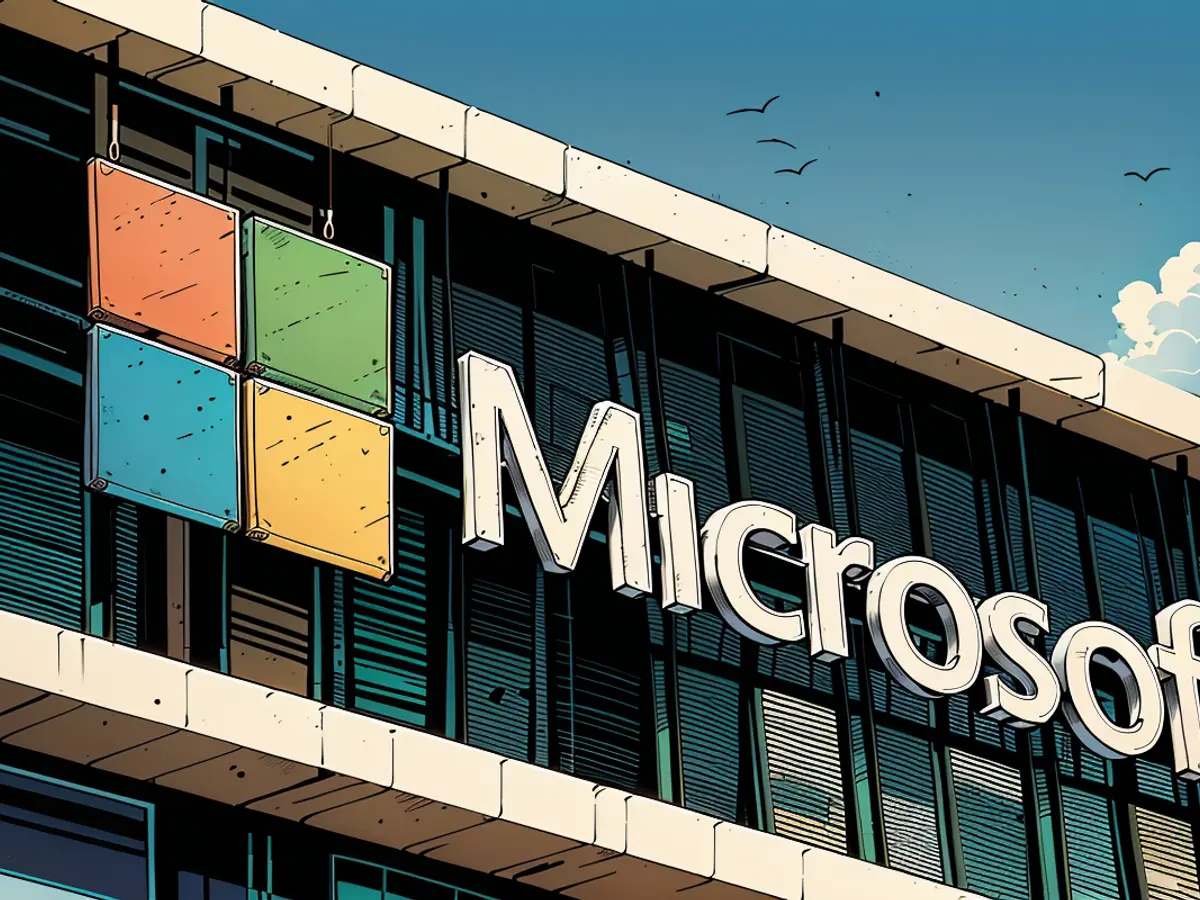Whether it’s July or September, the timing of the first rate cut doesn’t matter that much
As Blinder put it in his Wall Street Journal op-ed this week: “Why wait?” But there’s an equally strong case to be made for the opposite question: Why not wait?
The argument Blinder and other economists are making is: If you’re on track to cut in two months anyway, central bankers should get it out the door sooner rather than later because monetary policy comes with what’s referred to as long and variable lags. In other words, it takes time for the Fed’s actions to be felt across the economy.
The Fed raised interest rates to their highest level in more than two decades to intentionally slow part of the economy and get inflation back down to the central bank’s 2% target after it soared to a 40-year high in 2022.
Inflation still remains above target, but just by a smidge. So, leaving rates this high for even longer in hopes that it will help get inflation down a bit more risks hurting the economy more than helping it.
Some bruises are appearing
On the labor side of the economy, job openings are fading, the unemployment rate is creeping higher and some industries are laying off more workers than they’re hiring. Consumers, meanwhile, have signaled a weaker (but still decent) appetite for spending in recent months.
If all that keeps up, the economy could weaken even more substantially.
But it’s far from doom and gloom out there at the moment.
The economy grew at an annualized rate of 2.8% in the second quarter of this year, exceeding economists’ expectations, all while inflation continued to retreat closer to the 2% target — a combination that’s historically rare.
And even though the unemployment rate is rising employers are continuing to hire more than 100,000 workers a month.

At the same time, March’s Consumer Price Index report, which showed annualinflation unexpectedly jumped to 3.5%, is a reminder that there’s no guarantee price hikes will stay on their current path.
That’s why Torsten Slok, Apollo Global’s chief economist, is maintaining his prior forecast that the Fed won’t cut rates at all this year.
“There are still two more CPI releases before the September 18 [Fed] meeting, so we have to wait and see if the downtrend in inflation continues,” he told CNN. “With solid job growth and solid consumer spending, we think the current market pricing of three cuts this year is wrong.”
University of Central Florida economist Sean Snaith also believes it’s too early to start cutting now. “With the economy running stronger than expected, it doesn’t seem there should be an urgency for rate cuts,” he said in a Tuesday note. If it were up to him, the Fed wouldn’t start cutting until “well into 2025.”
All eyes on September
The chances of that happening are about as high as getting a blizzard in the middle of the summer, though.
Fed officials have signaled that September will be when they finally lower interest rates. If they end up doing that, no one should lose sleep over whether central bank officials should have made that move in July or waited until November or December — assuming the economy maintains more or less the status quo.
The difference between a few months for that initial cut “really doesn’t matter unless there’s some big shock that hits the economy in that time,” Fed Governor Christopher Waller said earlier this month. For instance, if the Fed were to cut rates at this month’s meeting, and Iran were to go to war directly with Israel, causing energy prices to spike, the central bank would likely regret loosening its grip on the economy because it could foreseeably contribute to even higher inflation.
Without a shock like that, it’s pointless to play a what-if game, Waller said.
But Waller acknowledged that the timing is significant for investors who bet on what the Fed’s next move will be. “Whereas we’re looking at what’s going to happen to the game as a whole, not just any play.” And to them, he said, the decision boils down to “when are the conditions right to go.”
The business community is closely watching the economy due to the ongoing impact of the Fed's interest rate hikes on various industries. If the current trend of job openings fading and unemployment rate creeping higher continues, it might negatively affect some businesses and their ability to operate efficiently.
The uncertainty surrounding inflation, which has yet to return to the central bank's 2% target, also poses a challenge for businesses that rely on predictable economic conditions to plan their operations and investments.







